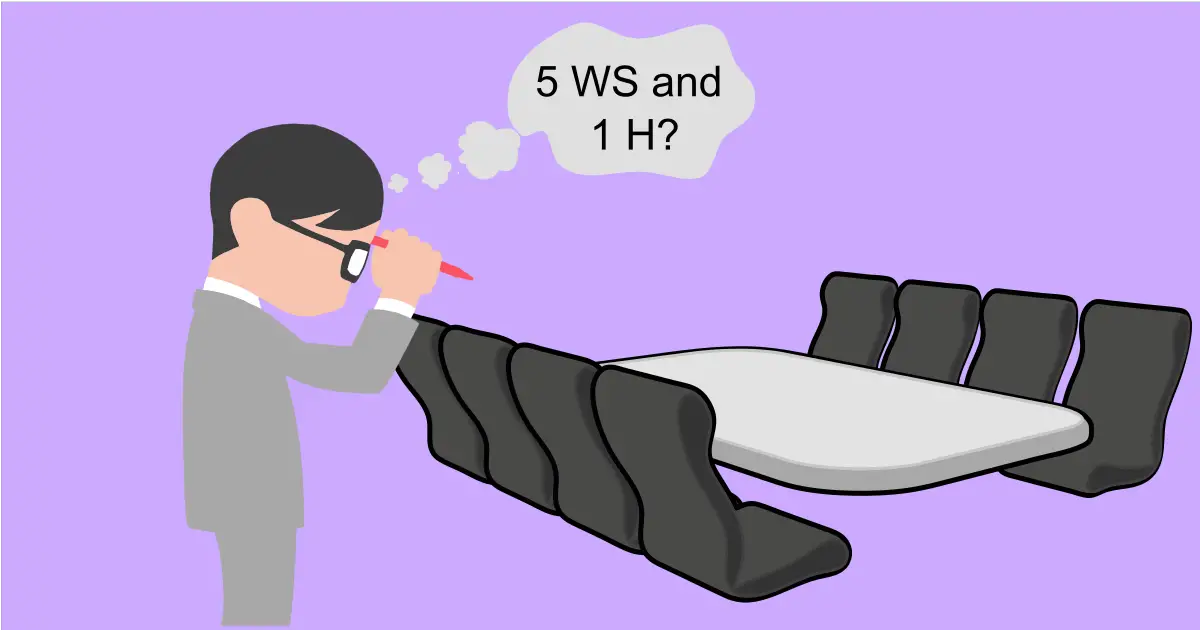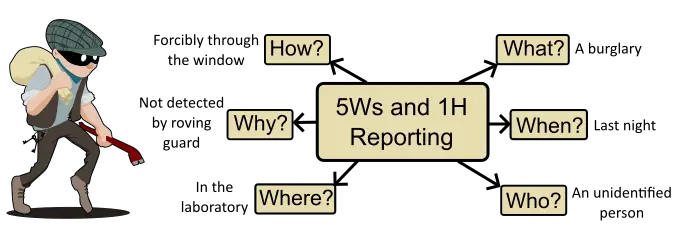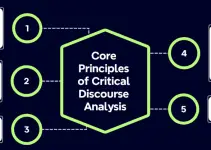
Table of Contents
Introduction
This article introduces one of the most widely used techniques in technical writing: the 5Ws and 1H approach. Read on to learn how it works and how it can improve your writing.
Technical writing can be challenging for many, but there’s a structured method that simplifies the process—the 5Ws and 1H. This approach helps ensure that no important detail is overlooked in your technical reports.
Although I never formally learned the 5Ws and 1H approach during my years in elementary, high school, or even college, I had a memorable experience that changed the way I write about events requiring clarification.
At the time, I had submitted a report on a burglary that occurred where I worked. The head of the security team approached me and said something that made me realize my report was lacking in clarity and detail. Without directly pointing it out, he made it clear that my account was incomplete.
In this article, I’ll briefly share what he told me and how that moment led me to embrace the 5Ws and 1H approach in writing clearer, more thorough reports—on any topic that requires accurate documentation.
How a Burglary Taught Me the Importance of the 5Ws and 1H in Report Writing
Years ago, someone broke into the research facility laboratory where I worked. It wasn’t until the following morning that the crime was discovered—equipment was missing, cabinets were ransacked, and valuable research materials had vanished without a trace.
As the person in charge of the lab, I was immediately asked by the chief security officer to write an incident report. I did what I thought was sufficient—described what I saw, noted what was missing, and submitted it to the head of the security agency.
But when he read my report, his expression said it all. He told me, in no uncertain terms, that my report was lacking. Not harshly—but firmly—he pointed out that it didn’t contain the critical information needed to assess the situation properly.
Then he shared something simple but powerful. He explained that in their line of work, especially during crime investigations—whether it’s a burglary, a break-in, or even a confrontation—every security guard under his command is trained to answer six basic questions: Who, What, When, Where, Why, and How.
I went back to my report and evaluated it against this framework. It hit me—I had overlooked key details. My narrative lacked context. There was no clear timeline, no identification of possible witnesses, and barely any insight into how the break-in could have occurred.
That moment became a turning point. From then on, I made it a habit to apply the 5Ws and 1H method whenever I had to write about incidents or events that needed clarification. It sharpened not only my writing but also my thinking.
That burglary, unpleasant as it was, taught me something invaluable: when reporting anything of significance, asking the right questions is just as important as finding the answers.
So how does it work? I describe the reporting approach fully in the next section.
The Technical Writing Approach: The 5 Ws and 1 H
The 5Ws simply refer to the What, When, Where, Who, and Why of an incident and the 1H is the How of that event. If the answers to these questions are arrived at, someone will well understand enough of the situation to resolve a case.

Figure 1 shows an example of the 5Ws and 1 H reporting or writing based on the example narrated in the previous section.
To write a thorough and informative report, efforts must be made to exhaust all possible “What” questions related to the event or topic.
Ask: What exactly happened? What was taken? What was damaged? Next, clearly establish the “When”—the exact date and time the event occurred. Pinpointing the “Where” is equally essential, as it provides the specific location of the incident.
You should also determine “Who” was involved—whether it’s the perpetrator, the victim, or any witnesses. Understanding “Why” the incident occurred adds context: Was there a motive? Was the victim targeted for a specific reason?
Finally, “How” the act was carried out—such as the method of entry or tools used—completes the picture.
By using these six fundamental questions—the 5Ws and 1H—as a guide, a technical writer can present a complete and well-structured account. This method ensures that all key aspects of an incident or subject are covered, allowing readers to understand the situation from multiple angles.
Of course, some details may still be missed, especially in complex cases. However, by systematically addressing these core questions, you provide a strong foundation for further analysis, discussion, or investigation. These questions serve as reliable starting points for deeper exploration of any topic and improve on your technical writing skills particularly on writing a critique paper.
Now, try applying this technical writing approach in your own work. You’ll quickly notice improvements in clarity, structure, and depth—not just in your own writing, but in the feedback you receive from peers and instructors. It’s a valuable tool you can use not only in writing incident reports but also in crafting well-organized research papers.
Conclusion: Improve Your Technical Writing with the 5Ws and 1H Method
If you’re looking to improve your technical writing skills, especially for tasks like incident reports or research documentation, the 5Ws and 1H approach is an essential tool. This structured method ensures that your writing answers the six core questions: What, When, Where, Who, Why, and How—providing readers with a clear, complete, and accurate account.
By applying this technique, you can avoid missing critical information and make your reports more professional and effective. It helps you think more logically, organize content better, and communicate your message with greater clarity.
Whether you’re a student, teacher, researcher, or professional writer, practicing the 5Ws and 1H method can make a noticeable difference in how you write and how your work is received.
© 2012 November 25 P. A. Regoniel | Updated 2025 July 13

